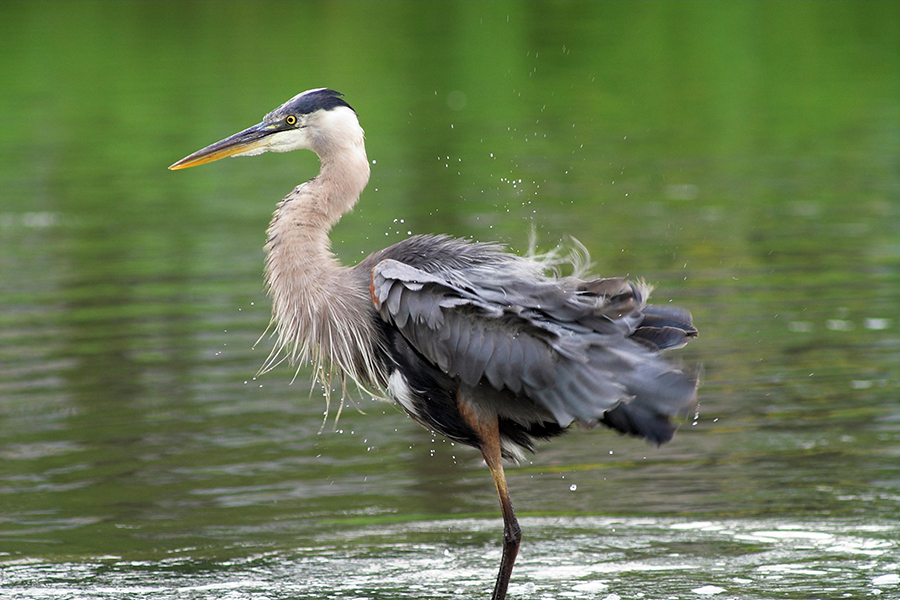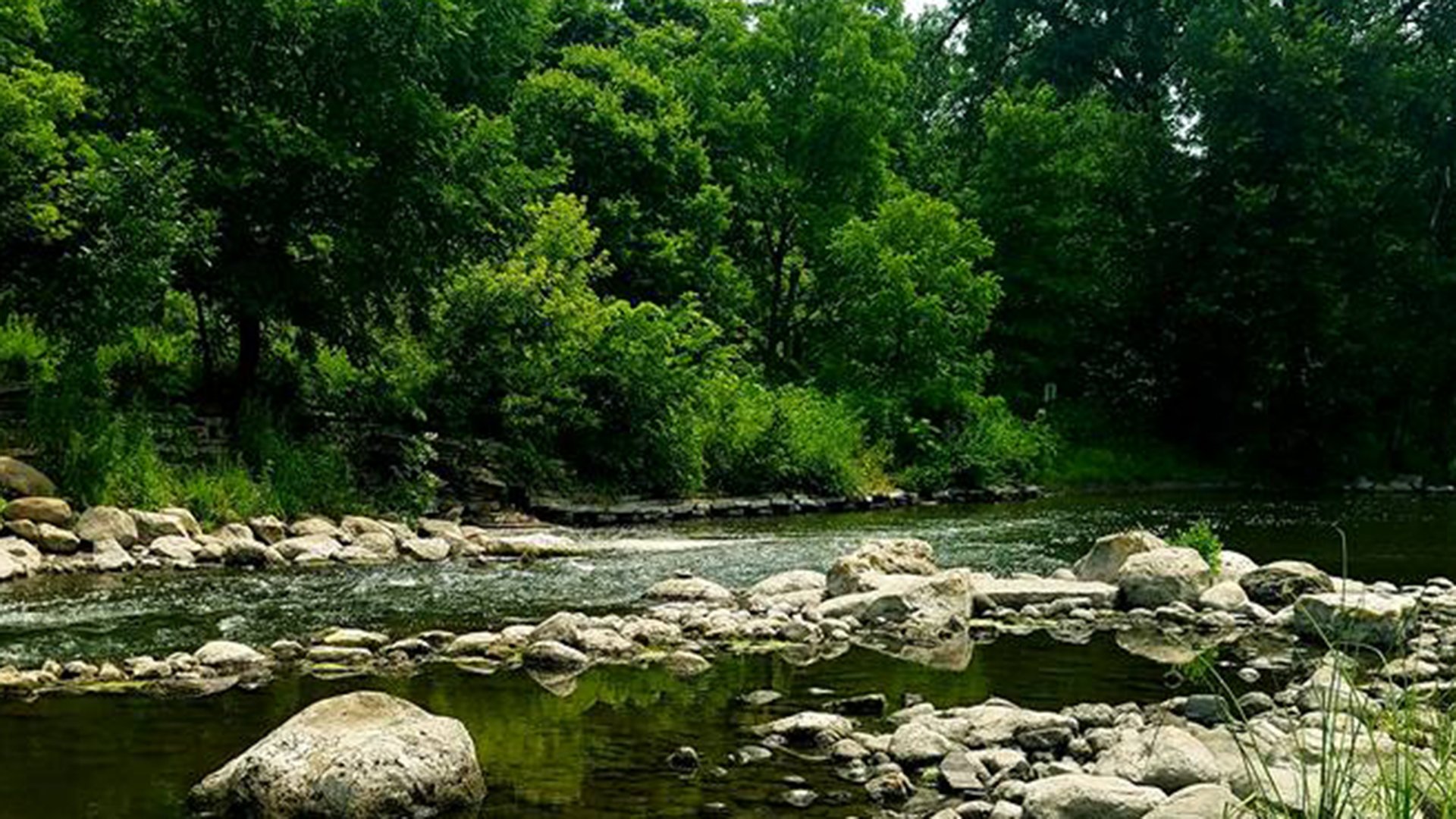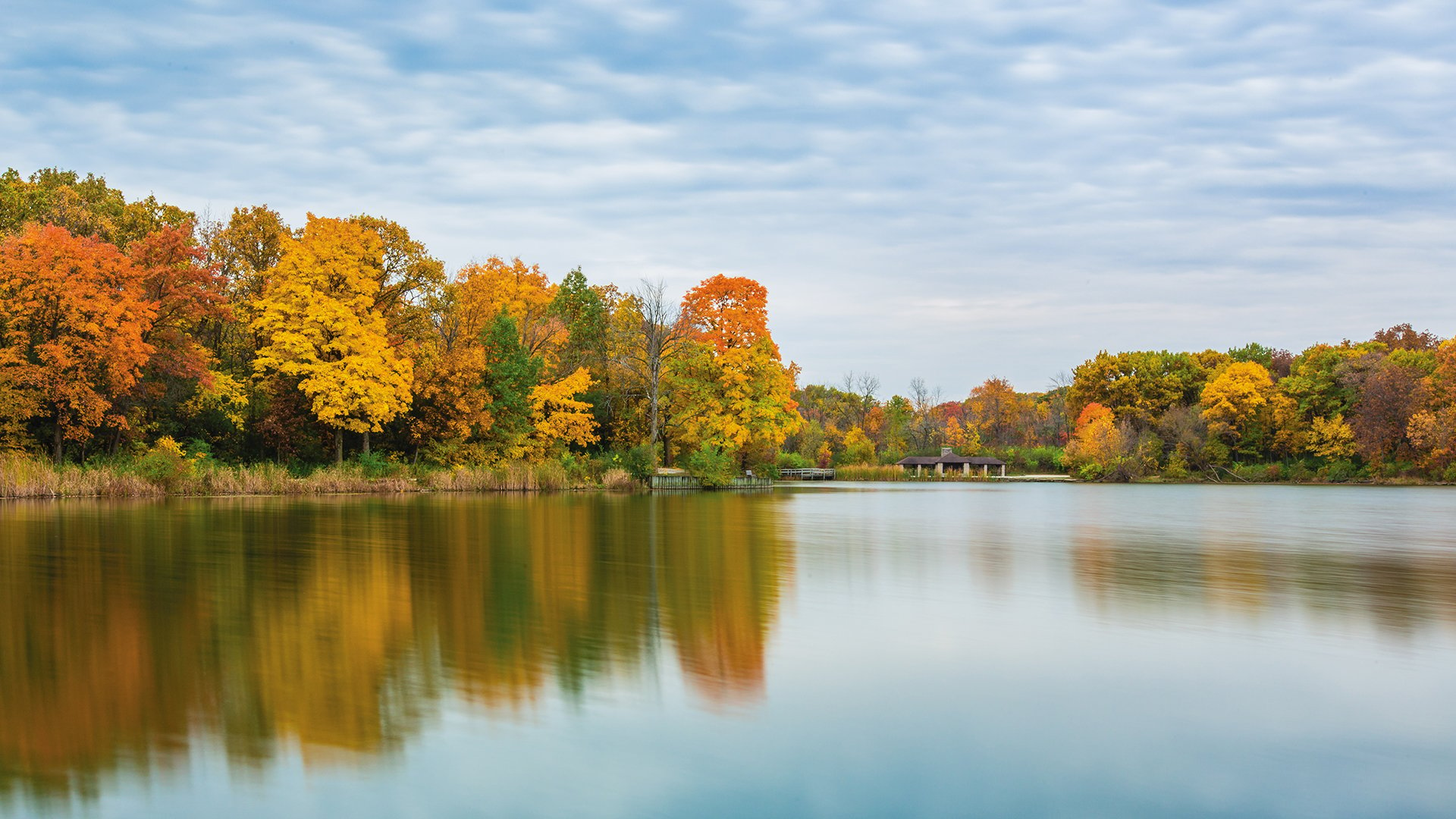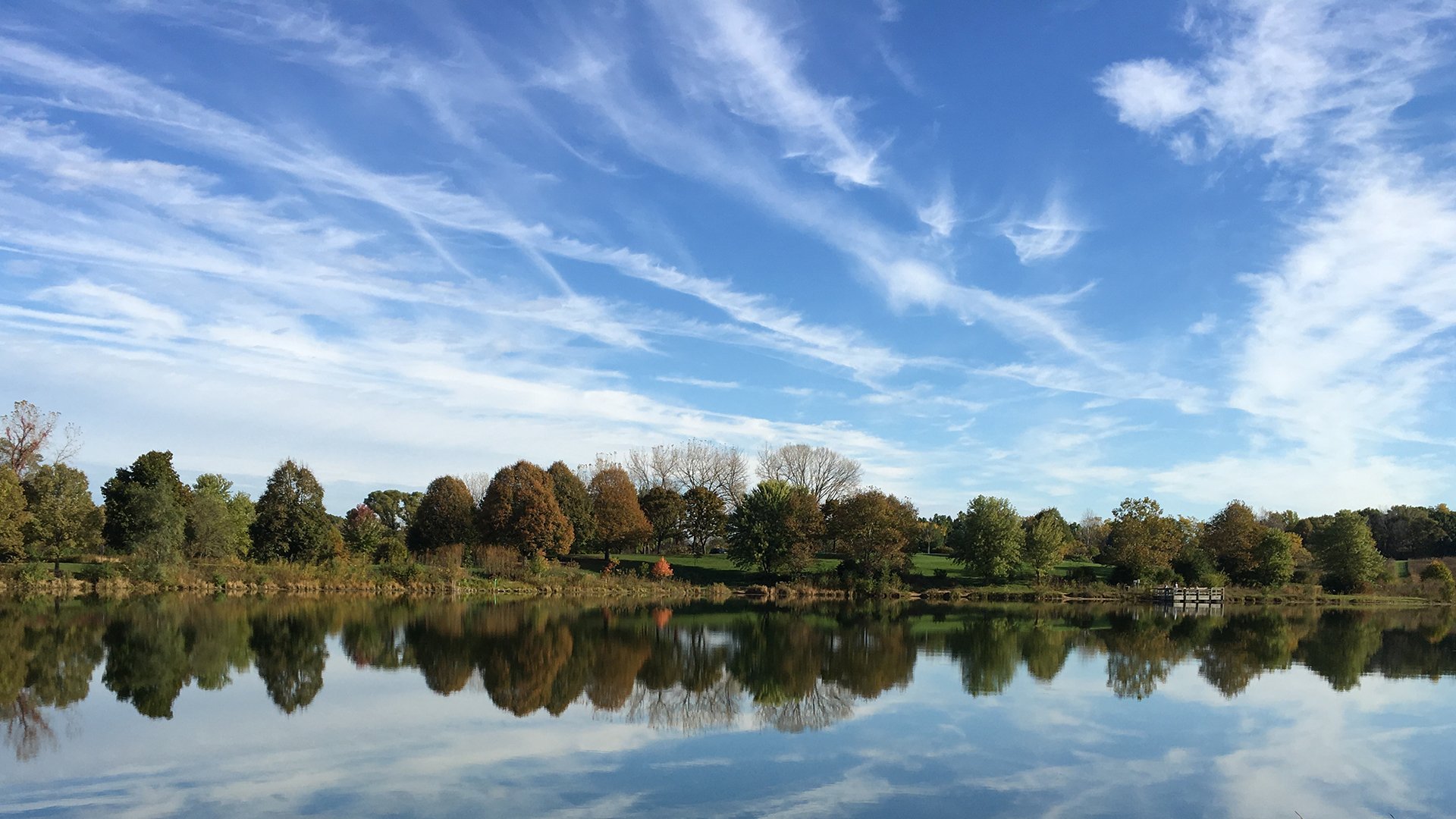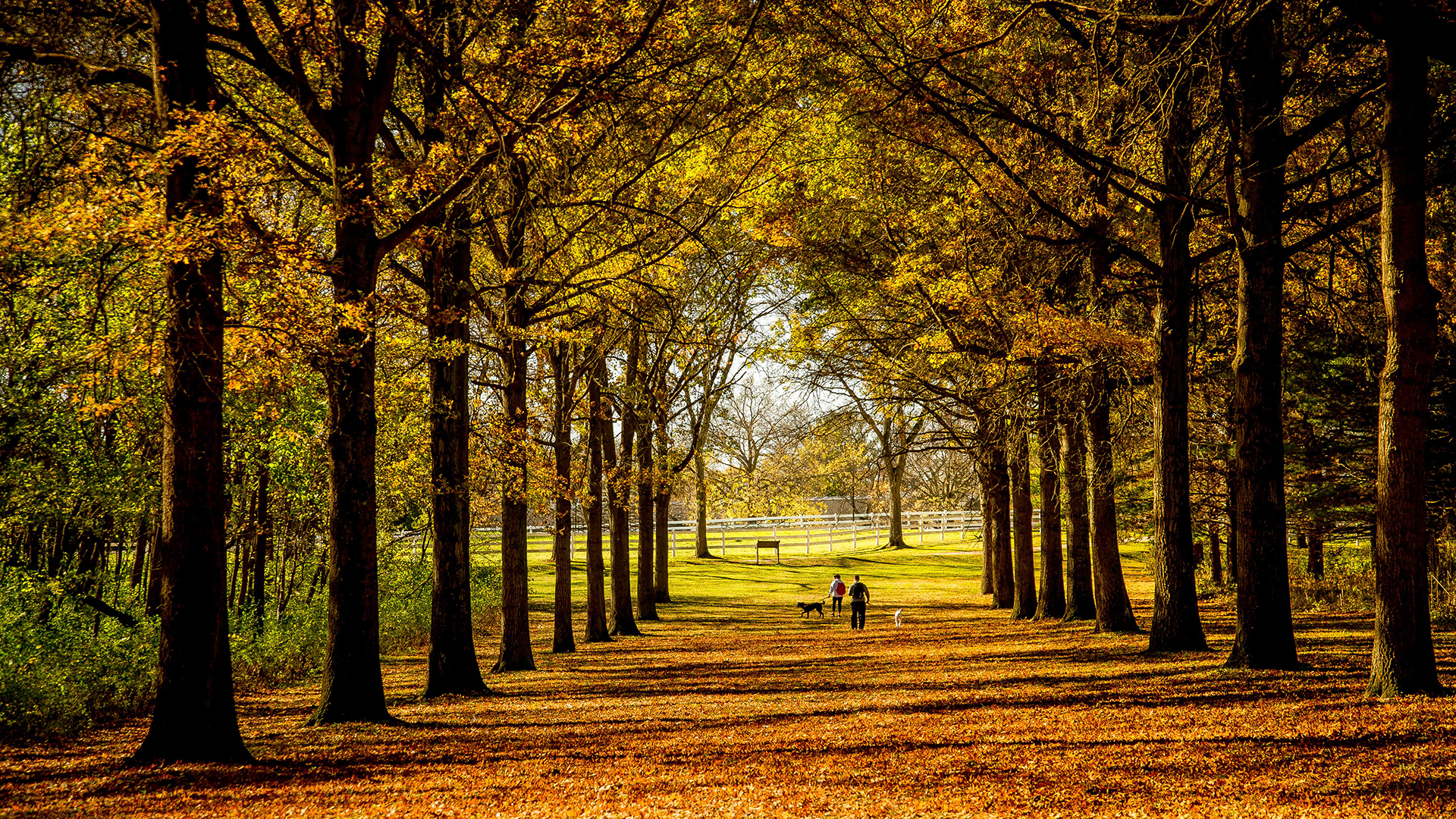
St. James Farm
Warrenville
Maps
The main entrance is on the east side of Winfield Road 0.25 mile north of Butterfield Road.
The equestrian and special use entrance is on the west end of Hoy Avenue 0.10 mile west of Madison Street.
Hours
The preserve is open one hour after sunrise to one hour after sunset.
General Info
Dogs are allowed at the forest preserve but must be on leashes under 10 feet long. Alcohol is prohibited. Read our complete rules and regulations.
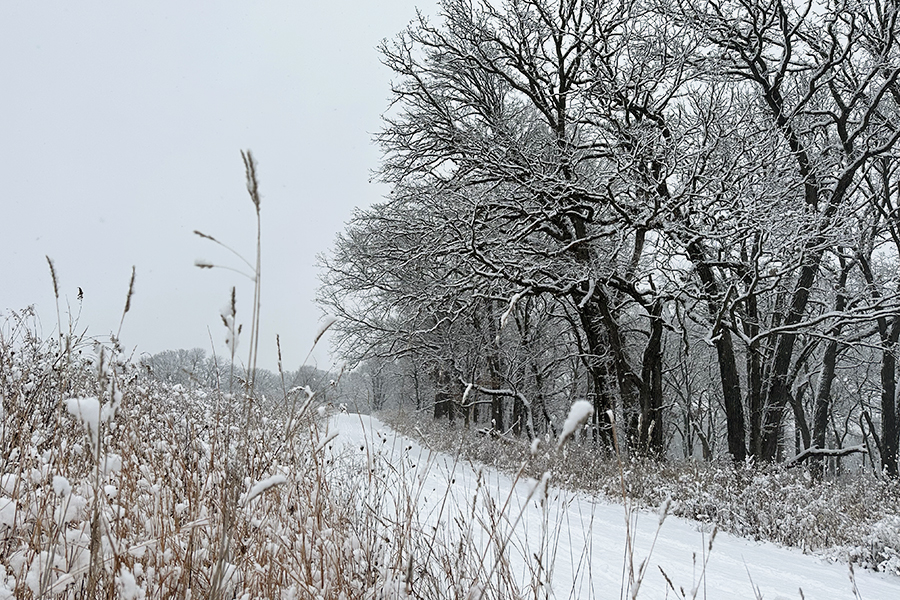
Things To Do
In addition to trails and natural areas, the forest preserve is home to St. James Farm and its indoor riding arena and historic buildings and artwork.
Trails lead hikers, bikers, horseback riders and cross-country skiers through the preserve’s natural areas. Visitors on the Illinois Prairie Path can enter the preserve from Hoy Avenue. Interpretive signs along tree-lined promenades detail the history of the preserve.
The front pond offers largemouth bass, bluegill and catfish for catch-and-release fishing. Anglers 16 or older who are not legally disabled must carry valid Illinois sport fishing licenses, and all anglers must follow all District and state regulations.
Several picnic tables near the former dressage arenas offer ideal places for lunch breaks and rest stops. Groups can reserve the preserve’s 150-person shelter by calling Visitor Services at 630-933-7248 but must do so at least three business days before their visit. Details are on our Picnicking page.
Natural Features
The 595-acre St. James Farm contains more than 100 acres of woodlands, prairies and wetlands.
St. James Farm provides a variety of restored prairies, woodlands, and wetlands where over 300 species of native plants and animals thrive.
The Forest Preserve District and several partner agencies restored 2.3 miles of Spring Brook, a tributary of the West Branch DuPage River, at St. James Farm. Today, the restored creek connects to the surrounding floodplain, where nutrient-rich floodwaters flow into the forest preserve and its newly created wetlands. The floodplain stores and filters stormwater during heavy rain events.
The preserve is home to more than 300 native plant species and wildlife, including great blue herons, red-bellied woodpeckers, white-breasted nuthatches, coyotes, fox squirrels and white-tailed deer.
